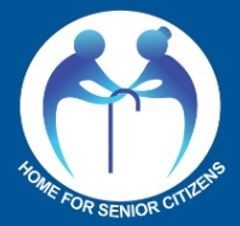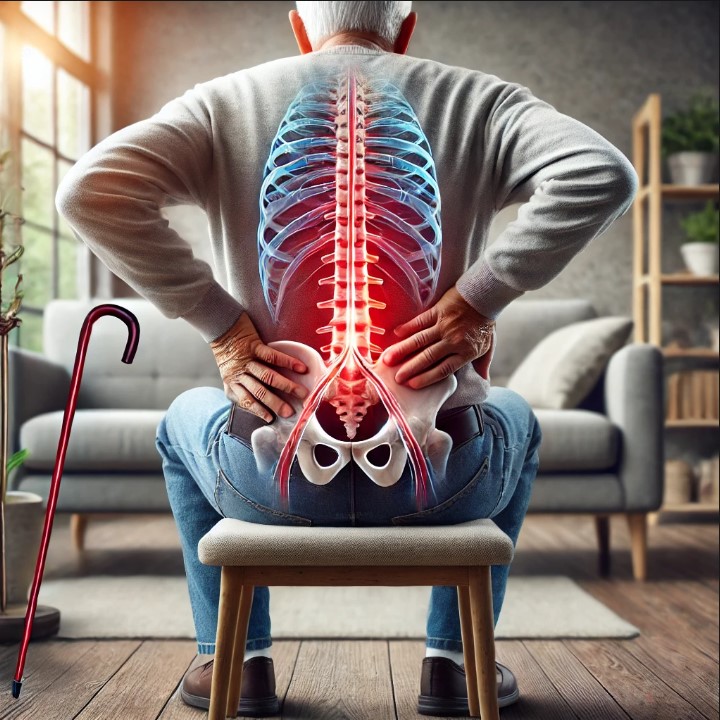Sciatica is a condition characterized by pain radiating along the sciatic nerve, which extends from the lower back down to the legs. While sciatica can affect individuals of all ages, it is particularly common among the elderly due to age-related spinal changes and degenerative conditions. Understanding the causes, symptoms, and treatment options can help manage and alleviate discomfort.
Causes of Sciatica in the Elderly
Several factors contribute to the development of sciatica in older adults, including:
- Herniated Discs—As we age, spinal discs lose their elasticity and may bulge or rupture, compressing the sciatic nerve.
- Spinal Stenosis – The narrowing of the spinal canal due to age-related degeneration can put pressure on the nerve roots.
- Degenerative Disc Disease – The natural wear and tear of intervertebral discs can lead to nerve compression.
- Osteoarthritis – The formation of bone spurs along the spine can impinge on the sciatic nerve.
- Spondylolisthesis – This condition occurs when one vertebra slips forward over another, leading to nerve irritation.
Symptoms of Sciatica
Sciatica symptoms in elderly individuals can range from mild discomfort to severe pain. Common signs include:
- Lower back pain that radiates down the leg
- Sharp or burning pain along the sciatic nerve pathway
- Numbness or tingling in the affected leg
- Muscle weakness in the legs or feet
- Worsening pain when sitting or standing for long periods
Diagnosis
To diagnose sciatica, healthcare providers may perform:
- Physical Examination – Assessing reflexes, muscle strength, and pain triggers.
- Imaging Tests – X-rays, MRI, or CT scans can identify nerve compression or structural abnormalities.
- Electromyography (EMG) – Evaluates nerve function and detects any abnormalities.
Treatment Options
Treatment for sciatica in elderly patients focuses on pain relief, improving mobility, and preventing further complications. Options include:
Non-Surgical Treatments
- Physical Therapy – Exercises to strengthen core muscles, improve flexibility, and relieve nerve pressure.
- Heat and Cold Therapy – Alternating between ice packs and warm compresses can help reduce inflammation and pain.
- Lifestyle Modifications – Maintaining a healthy weight, using proper posture, and avoiding prolonged sitting.
- Alternative Therapies – Acupuncture, massage therapy, and chiropractic care may provide relief for some individuals.
Surgical Treatments
Surgery is considered when conservative treatments fail to provide relief. Common procedures include:
- Microdiscectomy – Removing a portion of a herniated disc pressing on the nerve.
- Laminectomy – Removing part of the vertebra to relieve nerve compression.
- Spinal Fusion – Stabilizing the spine in cases of severe degenerative disease.
Preventing Sciatica in the Elderly
Preventive measures can help reduce the risk of developing sciatica or worsening symptoms:
- Regular Exercise – Strengthening the back and core muscles helps support the spine.
- Good Posture – Maintaining proper posture while sitting, standing, and lifting objects.
- Healthy Diet – Consuming calcium and vitamin D-rich foods to support bone health.
- Avoiding Sedentary Lifestyle – Staying active and avoiding prolonged sitting can prevent stiffness and muscle weakness.
Conclusion
Sciatica is a common condition among the elderly, often caused by degenerative changes in the spine. While it can be painful and debilitating, various treatment options, including physical therapy, medications, and lifestyle adjustments, can effectively manage symptoms. In severe cases, surgical intervention may be necessary. By staying active and adopting preventive measures, older adults can improve their quality of life and minimize the impact of sciatica.



